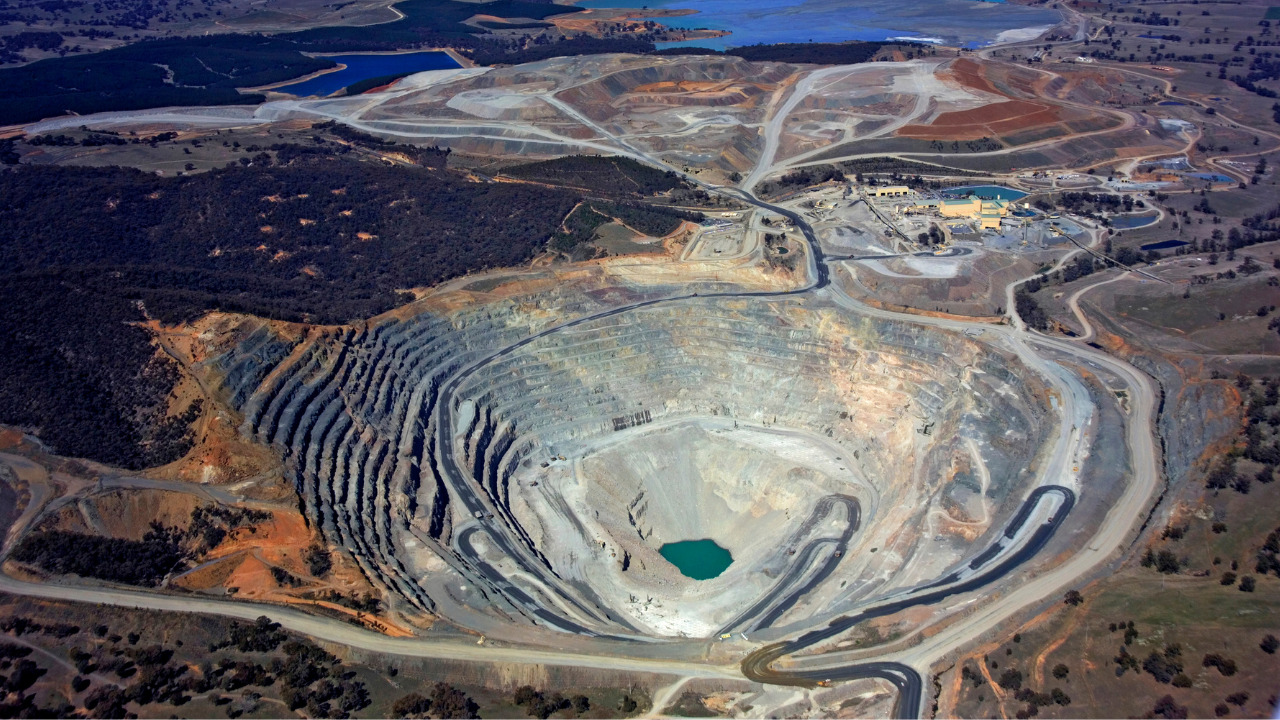Date first published: 09/03/2023
Key sectors: mining; national security; foreign investment
Key risks: economic risks; business risks; frustration of process
Risk development
On 15 February Treasurer Jim Chalmers blocked Chinese-owned Yuxiao Fund (YF) – the largest shareholder of Australian rare earths producer Northern Minerals (NM) – from increasing ownership from 9.92 to 19.9 per cent on national security grounds following recommendations by the Foreign Investment Review Board (FIRB). The decision followed a November 2022 speech where Chalmers highlighted concerns over China’s domination in the highly concentrated critical minerals supply chain. The move risks a diversion from Chinese investment across all sectors.
Why it matters
Chinese investment in Australia has steadily declined since 2016, falling by 69.8 per cent in 2021 to US$600m from US$1.9bln in 2020. Four transactions in 2021 totalling US$368.36m in mining accounted for 70.1 per cent of all Chinese investment. Although the drop could be attributed to COVID-19 pandemic shocks, the trend of declining investment from its US$16.2bln 2008 peak likely reflects growing geopolitical tensions between Beijing and the West.
China is the largest consumer of Australia’s tourism and education exports, accounting for 15.3 per cent of inbound tourism. The total education export industry in 2019 was worth over AUD37bln (US$24.6bln) – Australia’s third-largest export after iron ore and coal. Chinese students accounted for around AUD11.1bln (US$7.3bln). The sheer value of Chinese students led Beijing to use the export market as leverage. In 2020 Canberra repeatedly called for an international investigation into the origins of COVID-19. In retaliation, China’s Ministry of Education issued a travel warning to Chinese students considering studying in Australia, citing racism and safety.
Background
The mining industry represents Australia’s largest export industry, accounting for around 60 per cent of total exports. In FY2021 it contributed around US$180.2bln to the economy – around 13 per cent of GDP. China remains Australia’s largest trading partner, with bilateral trade reaching an estimated US$220.91bln in 2022 – or one third of Australia’s international trade.
Due to national security concerns, in 2015 Canberra introduced a new screening process for FDI inflows to facilitate greater caution and scrutiny in all strategic sectors including mining. The FIRB – overseen by the Treasury – is central to this process.
Despite citing national security concerns, a more likely reason for the 15 February decision is Canberra’s plan to develop domestic production for the rapidly growing EV industry. Crucially, NM
stated its intentions to become the first significant producer of dysprosium – a key component for EV magnets – outside of China, which currently controls over 90 per cent of the global supply.
An unfriendly approach to Chinese investment will likely lead to economic retaliation from Beijing. In 2017 Beijing ordered domestic travel agencies to stop selling tour packages to South Korea following Seoul’s 2016 deployment of the US THAAD missile defence system. The 2017 near 50 per cent decline in Chinese tourists led to losses estimated at US$6.7bln in 2017 alone, with real estate and retail also suffering. The number of Chinese tourists returned to pre-THAAD levels only in 2019.
Risk outlook
In light of the recent thaw in bilateral relations under Prime Minister Anthony Albanese’s Labor government, Australia and China will continue to push for improved collaboration in key sectors including tourism and education.
South Korea’s precedent demonstrates Beijing’s ability to leverage its economic influence when facing perceived hostility. Although Austalia’s decision concerning YF and NM is unlikely to trigger such a response, Beijing will utilise economic leverage where possible.



